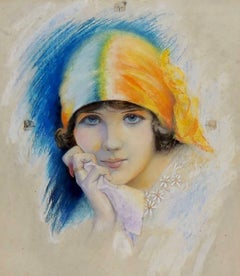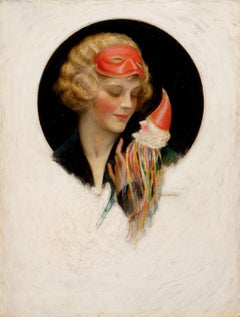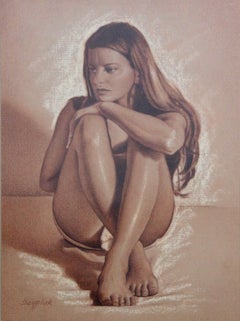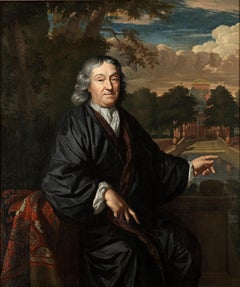Charles Sheldon Art
Charles Sheldon was a prolific American illustrator, born in 1889. He created many movie magazine covers featuring Golden Age Hollywood icons. The pastels he created for Photoplay, from 1925–30, included glamorous depictions of Hollywood film stars, like Clara Bow, Mae West, Jean Harlow, Greta Garbo, Gilda Gray, Mary Pickford and numerous other Hollywood enchantresses. Unlike many movie magazine illustrators, who primarily worked off publicity photos, many of these stars sat for him. Along with his work for Photoplay, the artist worked for Screenland, Movie Classic and Radio Digest magazines.
Early 20th Century Charles Sheldon Art
Board, Pastel
1920s Charles Sheldon Art
Pencil, Charcoal
20th Century Charles Sheldon Art
Pastel, Board
1920s Charles Sheldon Art
Pastel, Board
1920s Other Art Style Charles Sheldon Art
Oil, Canvas
Early 20th Century Charles Sheldon Art
Ink, Paper, Pen
Early 2000s Realist Charles Sheldon Art
Chalk, Pastel, Cardboard, Pencil
1680s Old Masters Charles Sheldon Art
Canvas, Oil
1870s Realist Charles Sheldon Art
Pastel, Cardboard
17th Century Baroque Charles Sheldon Art
Oil, Canvas
Early 20th Century Impressionist Charles Sheldon Art
Canvas, Oil
Venice Landscape Italian Oil on Canvas Painting in Gilt Wood Frame, Belle Epoque, Early 20th Century
Late 18th Century Charles Sheldon Art
Canvas, Oil
Early 19th Century English School Charles Sheldon Art
Paper, Ink, Watercolor, Pen
17th Century Old Masters Charles Sheldon Art
Canvas, Oil
Early 19th Century Modern Charles Sheldon Art
Pencil, Charcoal
18th Century and Earlier Charles Sheldon Art
Canvas, Oil
18th Century and Earlier Baroque Charles Sheldon Art
Canvas, Oil
1820s Old Masters Charles Sheldon Art
Oil, Canvas




